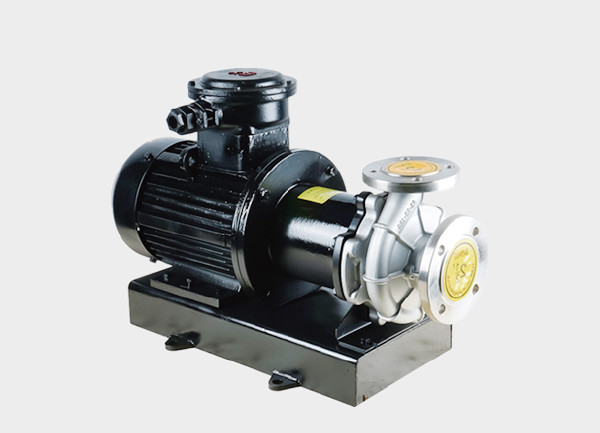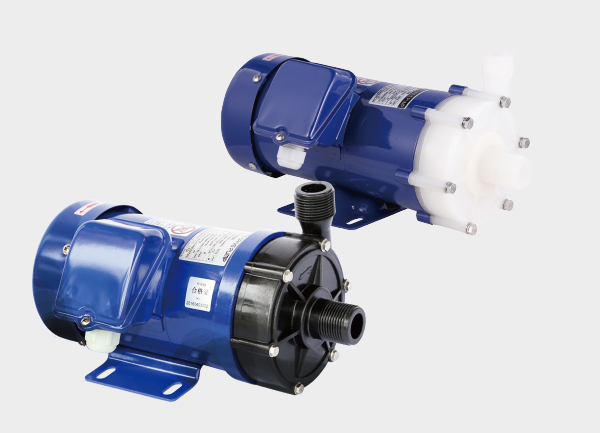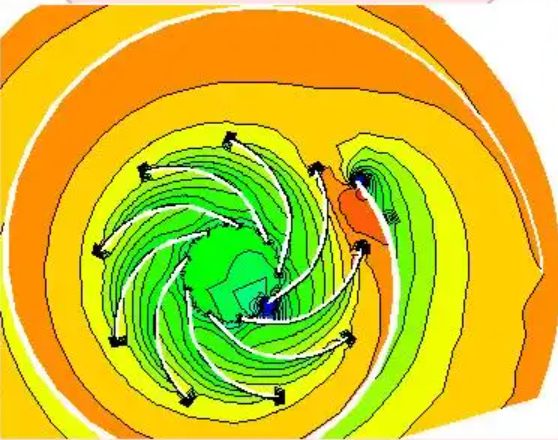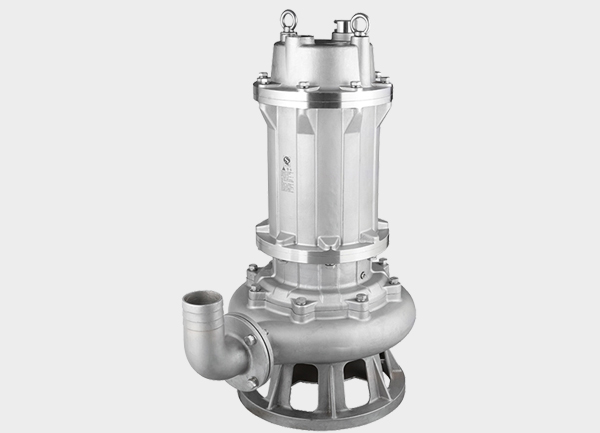1. Overview
A vertical centrifugal pump is a type of fluid-handling equipment that transfers liquid energy through centrifugal force generated by a rotating impeller. Unlike horizontal pumps, the vertical design places the pump shaft upright, with the motor installed above the pump body. This structure makes the pump compact, space-saving, and stable in operation. Vertical centrifugal pumps are widely used in high-rise building water supply, HVAC systems, industrial cooling water circulation, and municipal water projects, where long-term, continuous operation is required.
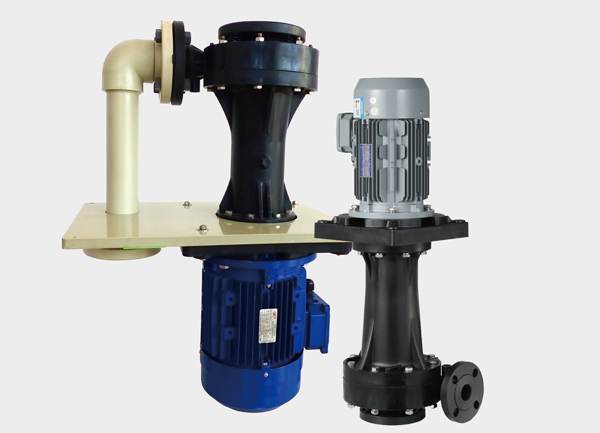
2. Structural and Design Features
Vertical Inline Configuration
The motor and pump are directly coupled on the same axis, minimizing energy loss and improving mechanical efficiency.
The low center of gravity enhances stability, reducing vibration and noise.
Inline Suction and Discharge
Most vertical centrifugal pumps feature suction and discharge ports on the same horizontal line, which simplifies piping design.
This reduces pipeline stress on the pump body, improving seal and bearing life.
Top Pull-Out Design
The rotor assembly (impeller, shaft, seal) can be removed upward without dismantling inlet and outlet pipelines.
This makes maintenance faster and minimizes downtime in large-scale systems.
Optimized Hydraulic Model
Impellers are typically closed or semi-open, matched with volute or diffuser casings.
Through hydraulic optimization (e.g., CFD simulation), pumps achieve higher efficiency, stronger anti-cavitation performance, and better adaptability to different liquids.
3. Working Principle
The energy conversion of a vertical centrifugal pump follows the principle of momentum transfer:
Liquid enters the impeller eye at low pressure.
The rotating impeller imparts tangential velocity to the fluid, generating centrifugal force.
Fluid is pushed outward to the impeller periphery, where pressure energy and kinetic energy increase.
In the volute or diffuser, part of the velocity energy is converted into pressure energy, resulting in a stable head and flow.
Key Hydraulic Characteristics:
Head–flow curve: As head increases, flow decreases, and vice versa.
Power curve: Relatively flat, making motor selection easier and energy-efficient for continuous duty.
Low NPSH requirement: Thanks to the inlet position being low, the pump has reduced cavitation risk compared to horizontal pumps.
4. Operational Stability
Dynamic Performance
Vertical shaft alignment reduces shaft deflection and radial force, leading to lower vibration.
Suitable for long-duration, continuous service in cooling, circulating, or boiler feed systems.
Seal Reliability
Mechanical seals operate under uniform pressure distribution, reducing leakage risks.
Compared with horizontal pumps, seals in vertical pumps generally have longer service life.
Energy Efficiency
The direct-drive vertical design eliminates extra transmission losses.
When integrated with VFDs (Variable Frequency Drives), vertical pumps offer wide energy-saving potential.
5. Applications
Building & Municipal Systems
High-rise building water supply and fire-fighting booster systems.
City water distribution and municipal pumping stations.
Industrial & Energy Fields
Cooling water circulation in power plants.
Boiler feed and process fluid transfer in metallurgy and petrochemical industries.
HVAC & Environmental Engineering
Chilled water and cooling water circulation in HVAC systems.
Sewage lift stations (with corrosion-resistant or wear-resistant materials).
6. Advantages and Limitations
Advantages
Small footprint, ideal for basements and space-limited installations.
Smooth, quiet operation with long service life.
Simplified piping layout and lower installation costs.
Easy maintenance with top pull-out rotor design.
Limitations
Not ideal for ultra-high flow or extra-large power requirements due to design constraints.
Requires solid foundation to avoid resonance and vibration.
Motor failure often requires disassembly from the top, demanding sufficient headroom.
7. Future Development Trends
Hydraulic Optimization – Use of CFD (Computational Fluid Dynamics) to enhance efficiency and anti-cavitation performance.
Smart Pumping Systems – IoT integration with sensors and VFDs for real-time monitoring and predictive maintenance.
Energy Efficiency – Adoption of high-efficiency and permanent-magnet motors to reduce power consumption.
Advanced Materials – Use of corrosion-resistant alloys and composite materials for broader fluid compatibility.
✅ Conclusion
A vertical centrifugal pump is more than just a space-saving pump. Its optimized hydraulic performance, stability, easy maintenance, and adaptability make it a preferred choice in building water supply, industrial cooling, municipal systems, and HVAC engineering. With ongoing advancements in energy efficiency, smart monitoring, and material innovation, vertical centrifugal pumps will continue to play a vital role in future fluid-handling systems.



